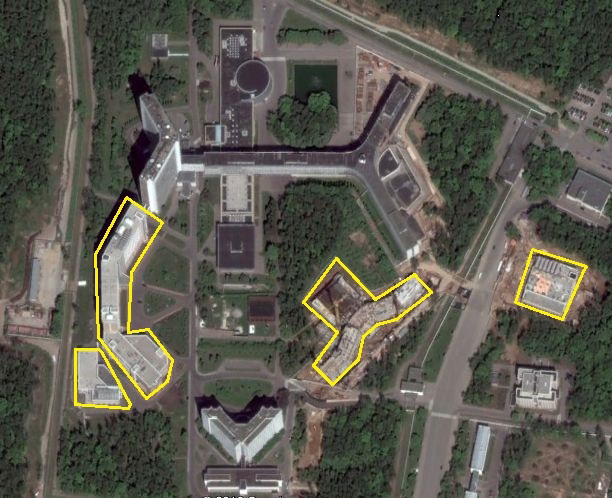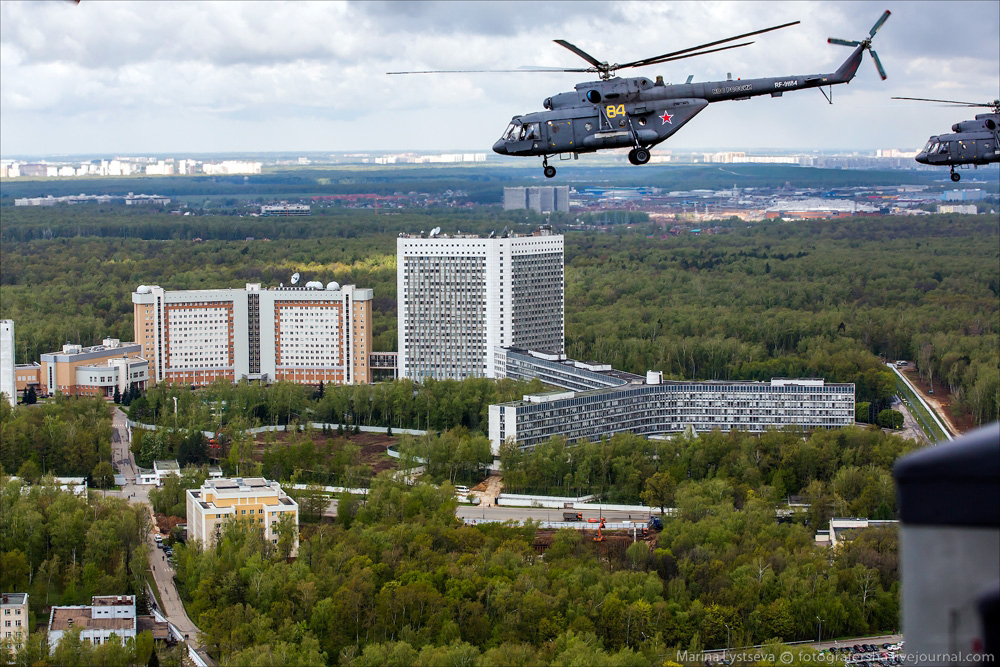Making a Killing: The 1.2 Billion Euro Arms Pipeline to Middle East
An unprecedented flow of weapons from Central and Eastern Europe is flooding the battlefields of the Middle East.
BIRN Belgrade, London, Sarajevo
BalkanInsight: As Belgrade slept on the night of November 28, 2015, the giant turbofan engines of a Belarusian Ruby Star Ilyushin II-76 cargo plane roared into life, its hull laden with arms destined for faraway conflicts.
Rising from the tarmac of Nikola Tesla airport, the hulking aircraft pierced the Serbian mist to head towards Jeddah, Saudi Arabia.
It was one of at least 68 flights that in just 13 months transported weapons and ammunition to Middle Eastern states and Turkey which, in turn, funnelled arms into brutal civil wars in Syria and Yemen, the Balkan Investigative Reporting Network, BIRN, and the Organized Crime and Corruption Reporting Project, OCCRP, has found. The flights form just a small part of €1.2 billion in arms deals between the countries since 2012, when parts of the Arab Spring turned into an armed conflict.
Belgrade Airport | BIRNMeanwhile, over the past two years, as thousands of tonnes of weapons fly south, hundreds of thousands of refugees have fled north from the conflicts that have killed more than 400,000 people. But while Balkan and European countries have shut down the refugee route, the billion-euro pipeline sending arms by plane and ship to the Middle East remains open – and very lucrative.
It is a trade that is almost certainly illegal, according to arms and human rights experts.
“The evidence points towards systematic diversion of weapons to armed groups accused of committing serious human rights violations. If this is the case, the transfers are illegal under the ATT (United Nations’ Arms Trade Treaty) and other international law and should cease immediately,” said Patrick Wilcken, an arms-control researcher at Amnesty International who reviewed the evidence collected by reporters.
But with hundreds of millions of euros at stake and weapons factories working overtime, countries have a strong incentive to let the business flourish. Arms export licences, which are supposed to guarantee the final destination of the goods, have been granted despite ample evidence that weapons are being diverted to Syrian and other armed groups accused of widespread human rights abuses and atrocities.
Robert Stephen Ford, US ambassador to Syria between 2011 and 2014, told BIRN and the OCCRP that the trade is coordinated by the US Central Intelligence Agency, CIA, Turkey and Gulf states through centres in Jordan and Turkey, although in practice weapon supplies often bypass this process.
BIRN and the OCCRP examined arms export data, UN reports, flight records, and weapons contracts during a year-long investigation that reveals how thousands of assault rifles, mortar shells, rocket launchers, anti-tank weapons, and heavy machine guns are pouring into the troubled region, originating from Bosnia and Herzegovina, Bulgaria, Croatia, the Czech Republic, Montenegro, Romania, Serbia and Slovakia.
Read all the documents used in the investigation at BIRN’s online library BIRN Source.
Since the escalation of the Syrian conflict in 2012, these eight countries have approved the shipment of weapons and ammunition worth at least 1.2 billion euros to Saudi Arabia, Jordan, United Arab Emirates, and Turkey.
The figure is likely much higher. Data on arms export licences for four out of eight countries were not available for 2015 and seven out of eight countries for 2016. The four recipient countries are key arms suppliers to Syria and Yemen with little or no history of buying from Central and Eastern Europe prior to 2012. And the pace of the transfers is not slowing, with some of the biggest deals approved in 2015.
Eastern and Central European weapons and ammunition, identified in more than 50
videos and photos posted on social media, are now in use by Western-backed Free Syrian Army units, but also in the hands of fighters of Islamist groups such as Ansar al-Sham, Al Qaeda-affiliated Jabhat al-Nusra, the Islamic State of Iraq and the Levant, ISIS, in Syria, factions fighting for Syrian President Bashar-al Assad and Sunni forces in Yemen.Markings on some of the weapons identifying the origin and date of production reveal significant quantities have come off production lines as recently as 2015.
Out of the 1.2 billion euros in weapons and ammunition approved for export, about 500 million euros have been delivered, according to UN trade information and national arms export reports.
The frequency and number of cargo flights – BIRN and the OCCRP identified at least 68 in just over one year – reveal a steady flow of weapons from Central and Eastern Europe airports to military bases in Middle East.
The most commonly used aircraft – the Ilyushin II-76 – can carry up to 50 tonnes of cargo or approximately 16,000 AK-47 Kalashnikov rifles or three million bullets. Others, including the Boeing 747, are capable of hauling at least twice that amount.
But arms and ammunitions are not only coming by air. Reporters also have identified at least three shipments made by the US military from Black Sea ports carrying an estimated 4,700 tonnes of weapons and ammunition to the Red Sea and Turkey since December 2015.
One Swedish member of the EU parliament calls the trade shameful.
“Maybe they –[Bulgaria, Slovakia and Croatia] – do not feel ashamed at all but I think they should,” said Bodil Valero, who also served as the rapporteur for the EU’s last arms report.“Countries selling arms to Saudi Arabia or the Middle East-North Africa region are not carrying out good risk assessments and, as a result, are in breach of EU and national law.”.
OCCRP and BIRN talked to government representatives in Croatia, Czech Republic, Montenegro, Serbia, and Slovakia who all responded similarly saying that they are meeting their international obligations. Some cited that Saudi Arabia is not on any international weapons black lists and other said their countries are not responsible if weapons have been diverted.
A question of legality The global arms trade is regulated by three layers of interconnected legislation — national, European Union, EU, and international – but there are no formal mechanisms to punish those who break the law.
Beyond the blanket ban on exports to embargoed countries, each licence request is dealt with individually.
In the case of Syria, there are currently no sanctions on supplying weapons to the opposition.
As a result, the lawfulness of the export approval hinges on whether countries have carried out due diligence on a range of issues, including the likelihood of the arms being diverted and the impact the export will have on peace and stability.
Bosnia and Herzegovina, Bulgaria, Croatia, the Czech Republic, Montenegro, Romania, Serbia and Slovakia are signatories of the UN’s Arms Trade Treaty, which entered into force in December 2014, and lists measures to prevent the illicit trade and diversion of arms.
Member states of the EU are also governed by the legally-binding 2008 Common Position on arms exports, requiring each country to take into account eight criteria when accessing arms exports licence applications, including whether the country respects international human rights, the preservation of “regional peace, security and stability” and the risk of diversion.
As part of their efforts to join the EU, Bosnia and Herzegovina and Montenegro have already accepted the measures and have amended their national law. Serbia is in the process of doing so.
Weapons exports are initially assessed based on an end-user certificate, a key document issued by the government of the importing country which guarantees who will use the weapons and that the arms are not intended for re-export.
Authorities in Central and Eastern Europe told BIRN and the OCCRP that they also inserted a clause which requires the buyer to seek approval if they later want to export the goods.
Beyond these initial checks, countries are required to carry out a range of other risk assessments based on national and EU law and the ATT, although conversations with, and statements from, authorities revealed little evidence of that.
OCCRP and BIRN talked to government representatives in Croatia, Czech Republic, Montenegro, Serbia, and Slovakia who all responded similarly saying that they are meeting their international obligations. Some cited that Saudi Arabia is not on any international weapons black lists and other said their countries are not responsible if weapons have been diverted. The three other countries did not respond to requests for comment.
The Czech Foreign Ministry was the only public body to directly address concerns about human rights abuses and diversions, saying it took into account both when weighing up an export licence and had blocked transfers on that basis.
How legal are these arms sales to the Middle East? Find out more here
Saudi Arabia – The weapons king
The Central and Eastern European weapons supply line can be traced to the winter of 2012, when dozens of cargo planes, loaded with Saudi-purchased Yugoslav-era weapons and ammunition, began leaving Zagreb bound for Jordan. Soon after, the first footage of Croatian weapons in use emerged from the battleground of Syria.
According to a New York Times report from February 2013, a senior Croatian official offered the country’s stockpiles of old weapons for Syria during a visit to Washington in the summer of 2012. Zagreb was later put in touch with the Saudis, who bankrolled the purchases, while the CIA helped with logistics for an airlift that began late that year.
While Croatia’s government has consistently denied any role in shipping weapons to Syria, former US ambassador to Syria Ford confirmed to BIRN and the OCCRP the New York Times account from an anonymous source of how the deal was hatched. He said he was not at liberty to discuss it further.
This was just the beginning of an unprecedented flow of weapons from Central and Eastern Europe into the Middle East, as the pipeline expanded to include stocks from seven other countries. Local arms dealers sourced arms and ammunition from their home countries and brokered the sale of ammunition from Ukraine and Belarus, and even attempted to secure Soviet-made anti-tank systems bought from the UK, as a Europe-wide arms bazaar ensued.
Prior to the Arab Spring in 2011, the arms trade between Eastern Europe and Saudi Arabia, Jordan, the United Arab Emirates, UAE, and Turkey – four key supporters of Syria’s fractured opposition – was negligible to non-existent, according to analysis of export data.
But that changed in 2012. Between that year and 2016, eight Eastern European countries approved at least 806 million euros worth of weapons and ammunition exports to Saudi Arabia, according to national and EU arms export reports as well as government sources.
Jordan secured export licences worth 155 million euros starting in 2012, while the UAE netted 135 million euros and Turkey 87 million euros, bringing the total to 1.2 billion euros.
Qatar, another key supplier of equipment to the Syrian opposition, does not show up in export licences from Central and Eastern Europe.
Jeremy Binnie, Middle East arms expert for Jane’s Defence Weekly, a publication widely regarded as the most trusted source of defence and security information, said the bulk of the weapon exports from Eastern Europe would likely be destined for Syria and, to a lesser extent, Yemen and Libya.
“With a few exceptions, the militaries of Saudi Arabia, Jordan, the UAE and Turkey use Western infantry weapons and ammunition, rather than Soviet-designed counterparts,” said Binnie. “It consequently seems likely that large shipments of such materiel being acquired by – or sent to – those countries are destined for their allies in Syria, Yemen, and Libya.”
BIRN and the OCCRP obtained confidential documents from Serbia’s Ministry of Defence and minutes from a series of inter-ministerial meetings in 2013. The documents show the ministry raised concerns that deliveries to Saudi Arabia would be diverted to Syria, pointing out that the Saudis do not use Central and Eastern European stock and have a history of supplying the Syrian opposition. The Ministry turned down the Saudi request only to reverse course more than one year later and approve new arms shipments citing national interest. Saudi security forces, while mostly armed by Western producers, are known to use limited amounts of Central and Eastern European equipment. This includes Czech-produced military trucks and some Romanian-made assault rifles. But even arms exports destined for use by Saudi forces are proving controversial, given their involvement in the conflict in Yemen.
The Netherlands became the first EU country to halt arms exports to Saudi Arabia as a result of civilian deaths in Yemen’s civil war, and the European Parliament has called for an EU-wide arms embargo.
Supply Logistics: Cargo flights and airdrops
Weapons from Central and Eastern Europe are delivered to the Middle East by cargo flights and ships. By identifying the planes and ships delivering weapons, reporters were able to track the flow of arms in real time.
Detailed analysis of airport timetables, cargo carrier history, flight tracking data, and air traffic control sources helped pinpoint 68 flights that carried weapons to Middle Eastern conflicts in the past 13 months. Belgrade, Sofia and Bratislava emerged as the main hubs for the airlift.
Most frequent were flights operated from Belgrade, the capital of Serbia. The flights were either confirmed as carrying weapons, were headed to military bases in Saudi Arabia or the UAE or were carried out by regular arms shippers.
The Middle East Airlift At least 68 cargo flights from Serbia, Slovakia, Bulgaria and the Czech Republic have carried thousands of tons of munitions in the past 13 months to Saudi Arabia, the United Arab Emirates, and Jordan, three key suppliers of the Syrian rebels.
These were identified through detailed analysis of airport timetables, cargo carrier history, flight tracking data, leaked arms contracts, end user certificates, and air traffic control sources.
Cargo flights from Central and Eastern Europe to the Middle East, and particularly military bases, were extremely uncommon before late 2012, when the upsurge in weapons and ammunition purchases began, according to EU flight data and interviews with plane-spotters.
The most commonly used aircraft – the Ilyushin II-76 – can carry up to 50 tonnes of cargo or approximately 16,000 AK-47 Kalashnikov rifles or three million bullets. Others, including the Boeing 747, are capable of hauling at least twice that amount.
Of the 68 flights identified, 50 were officially confirmed to have carried arms and ammunition:
- Serbia’s Civil Aviation Directorate confirmed that 49 flights departing or passing through Serbia were carrying arms and ammunition from June 1, 2015 to July 4, 2016. The confirmation came following weeks of refusal to comment on grounds of confidentiality and after BIRN and the OCCRP presented its evidence, including photographs showing military boxes being loaded onto planes at Belgrade’s Nikola Tesla Airport on four different occasions.
- An official at the Bulgarian National Customs Agency confirmed one flight, operated by Belarussian cargo carrier Ruby Star Airways, was carrying arms from the remote Bulgarian Gorna Oryahovitsa Airport to Brno–Turany Airport, the Czech Republic, and on to Aqaba, Jordan.
- An additional 18 flights were identified as very likely to have been carrying arms and ammunition based on one of three variables: the air freight company’s history of weapons supplies; connections to earlier arms flights; or a destination of a military airport:
- Ten flights were made to Prince Sultan Air Base in Al Kharj, Saudi Arabia and Al Dhafra Air Base in Abu Dhabi, United Arab Emirates, indicating the likely presence of weapons or ammunition. Additionally, 14 flights to Prince Sultan and Al Dhafra air bases are confirmed as having carried weapons during the same period by Serbia’s Civil Aviation Directorate.
- Seven flights were operated from Slovakia and Bulgaria by Jordan International Air Cargo, part of the Royal Jordanian Air Force, which were revealed to have carried weapons and ammunition from Croatia to Jordan in the winter of 2012. Bulgarian retired colonel and counter-terrorism expert Slavcho Velkov, who maintains extensive contacts with the military, told BIRN and the OCCRP that the Sofia-Amman flights “were transporting weapons to Saudi Arabia, mostly for the Syrian conflict.” Additionally, one other flight operated by this airline is confirmed as having carried weapons during the same period by Serbia’s Civil Aviation Directorate.
- One flight was operated by a Belarussian cargo carrier TransAVIAexport Airlines, which has a long history of transporting weapons. In 2014, the airline was hired by Serbian arms dealer Slobodan Tesic to transport Serbian and Belarussian weapons and ammunition to air bases in Libya controlled by various militant groups. The United Nations, UN, Sanctions Committee investigated the case and found potential breaches of UN sanctions, according to a 2015 UN report. Additionally, five flights operated by this airline are confirmed as having carried weapons during the same period by Serbia’s Civil Aviation Directorate.
Many of these flights made an additional stop in Central and Eastern Europe – meaning they were likely picking up more weapons and ammunition – before flying to their final destination.
EU flight statistics provide further evidence of the scale of the operation. They reveal that planes flying from Bulgaria and Slovakia have delivered 2,268 tons of cargo – equal to 44 flights with the most commonly used aircraft – the Ilyushin II-76 – since the summer of 2014 to the same military bases in Saudi Arabia and UAE pinpointed by BIRN and OCCRP.
Distributing the weapons
Arms bought for Syria by the Saudis, Turks, Jordanians and the UAE are then routed through two secret command facilities – called Military Operation Centers (MOC) – in Jordan and Turkey, according to Ford, the former US ambassador to Syria.
These units – staffed by security and military officials from the Gulf, Turkey, Jordan and the US – coordinate the distribution of weapons to vetted Syrian opposition groups, according to information from the Atlanta-based Carter Center, a think tank that has a unit monitoring the conflict.
“Each of the countries involved in helping the armed opposition retained final decision-making authority about which groups in Syria received assistance,” Ford said.
A cache of leaked cargo carrier documents provides further clues to how the Saudi military supplies Syrian rebels.
According to the documents obtained by BIRN and the OCCRP, the Moldovan company AeroTransCargo made six flights in the summer of 2015 carrying at least 250 tonnes of ammunition between military bases in Saudi Arabia and Esenboga International Airport in Ankara, the capital of Turkey, reportedly an arrival point for weapons and ammunition for Syrian rebels.
Pieter Wezeman, of the Stockholm International Peace Research Institute, a leading organisation in tracking arms exports, said he suspects the flights are part of the logistical operation to supply ammunition to Syrian rebels.
From the MOCs, weapons are then transported by road to the Syrian border or airdropped by military planes.
A Free Syrian Army commander from Aleppo, who asked to remain anonymous to protect his safety, told BIRN and OCCRP that weapons from Central and Eastern Europe were distributed from centrally controlled headquarters in Syria. “We don’t care about the county of origin, we just know it is from Eastern Europe,” he said.
The Saudis and Turks also provided weapons directly to Islamist groups not supported by the US and who have sometimes ended up fighting MOC-backed factions, Ford added.
The Saudis are also known to have airdropped arms and equipment, including what appeared to be Serbian-made assault rifles to its allies in Yemen.
Ford said that while he was not personally involved in negotiations with Serbia, Bulgaria and Romania over the supply of weapons to Syria, he believes that the CIA is likely to have played a role.
“For operations of this type it would be difficult for me to imagine that there wasn’t some coordination between the intelligence services, but it may have been confined strictly to intelligence channels,” he said.
The US may not have just played a role in the logistics behind delivering Gulf-sponsored weapons from Eastern Europe to the Syrian rebels. Through its Department of Defense’s Special Operations Command (SOCOM), it has also bought and delivered vast quantities of military materiel from Eastern Europe for the Syrian opposition as part of a US$500 million train and equip programme.
Since December 2015, SOCOM has commissioned three cargo ships to transport 4,700 tons of arms and ammunition from ports of Constanta in Romania and Burgas in Bulgaria to the Middle East likely as part of the covert supply of weapons to Syria.
The shipments included heavy machine guns, rocket launchers and anti-tank weapons – as well as bullets, mortars, grenades, rockets and explosives, according to US procurement documents.
The origin of arms shipped by SOCOM is unknown and the material listed in transport documents is available from stockpiles across Central and Eastern Europe.
Not long after one of the deliveries, SOCOM supported Kurdish groups published an image on Twitter and Facebook showing a warehouse piled with US-brokered ammunition boxes in northern Syria SOCOM would not confirm or deny that the shipments were bound for Syria.
US procurement records also reveal that SOCOM secured from 2014 to 2016 at least 25 million euros (27 million dollars) worth of Bulgarian and 11 million euros (12 million dollars) in Serbian weapons and ammunition for covert operations and Syrian rebels.
.A Booming Business
Arms control researcher Wilcken said Central and Eastern Europe had been well positioned to cash in on the huge surge in demand for weapons following the Arab Spring.
“Geographical proximity and lax export controls have put some Balkan states in pole position to profit from this trade, in some instances with covert US assistance,” he added. “Eastern Europe is rehabilitating Cold War arms industries which are expanding and becoming profitable again.”
Serbian Prime Minister Aleksandar Vucic boasted recently that his country could produce five times the amount of arms it currently makes and still not meet the demand.
“Unfortunately in some parts of the world they are at war more than ever and everything you produce, on any side of the world you can sell it,” he said.
Arms manufacturers from Bosnia and Herzegovina and Serbia are running at full capacity with some adding extra shifts and others not taking new orders.
Saudi Arabia’s top officials – more used to negotiating multi-billion-dollar fighter-jet deals with Western defence giants – have been forced to deal with a handful of small-time arms brokers operating in Eastern Europe who have access to weapons such as AK-47s and rocket launchers
Middlemen such as Serbia’s CPR Impex and Slovakia’s Eldon have played a critical role in supplying weapons and ammunition to the Middle East
The inventory of each delivery is usually unknown due to the secrecy surrounding arms deals but two end-user certificates and one export licence, obtained by BIRN and the OCCRP, reveal the extraordinary scope of the buy-up for Syrian beneficiaries.
For example, the Saudi Ministry of Defence expressed its interest in buying from Serbian arms dealer CPR Impex a number of weapons including hundreds of aging T-55 and T-72 tanks, millions of rounds of ammunition, multi-launch missile systems and rocket launchers. Weapons and ammunition listed were produced in the former Yugoslavia, Belarus, Ukraine, and the Czech Republic.
An export licence issued to a little-known Slovakian company called Eldon in January 2015 granted the firm the right to transport thousands of Eastern European rocket-propelled grenade launchers, heavy machine guns and almost a million bullets worth nearly 32 million euros to Saudi Arabia.
BIRN and OCCRP’s analysis of social media shows weapons that originated from the former states of Czechoslovakia and Yugoslavia, and Serbia, Croatia and Bulgaria are now present on the battlefields of Syria and Yemen.
While experts believe the countries continue to shirk their responsibility, the weapons pipeline adds more and more fuel to a white hot conflict that leads to more and more misery.
“Proliferation of arms to the region has caused untold human suffering; huge numbers of people have been displaced and parties to the conflict have committed serious human rights violations including abductions, executions, enforced disappearances, torture and rape,” said Amnesty’s Wilcken.
Additional reporting by Atanas Tchobanov, Dusica Tomovic, Jelena Cosic, Jelena Svircic, Lindita Cela, RISE Moldova and Pavla Holcova.
This investigation is produced by BIRN as a part of Paper Trail to Better Governance project.
















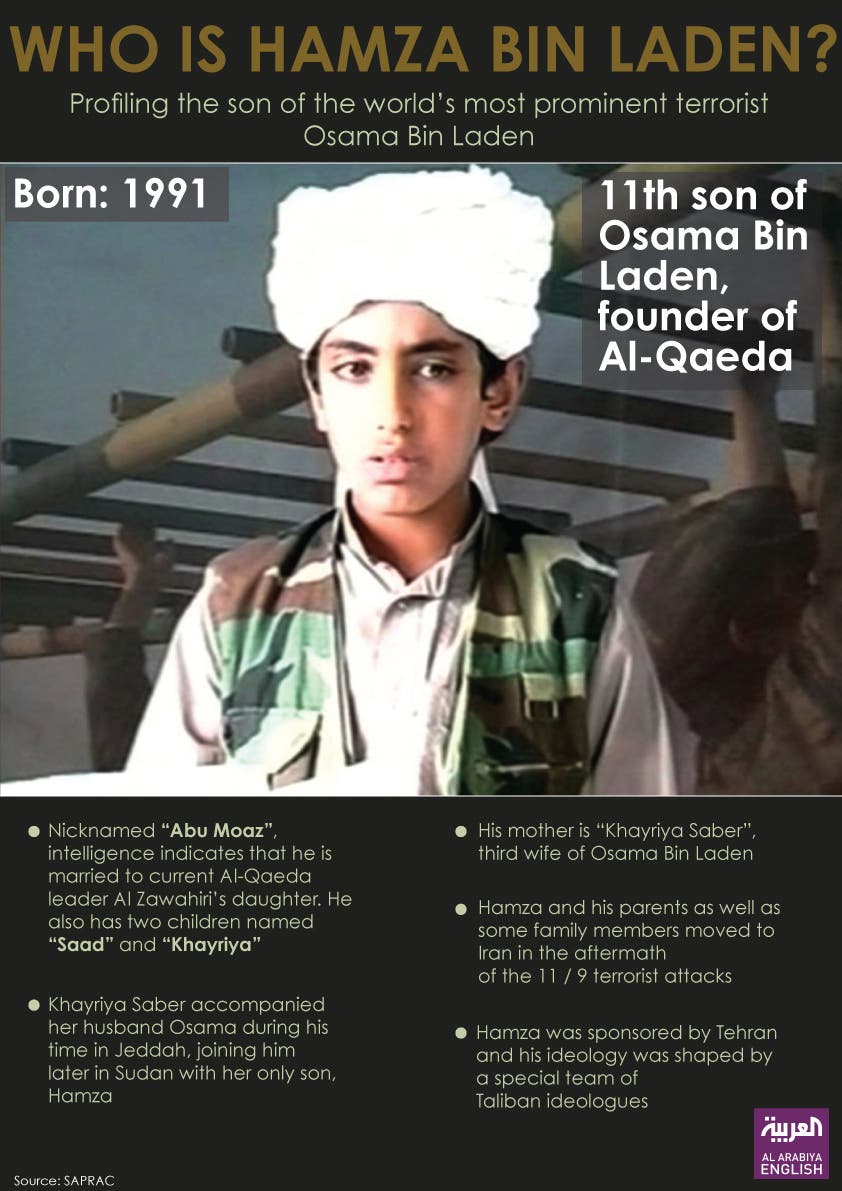
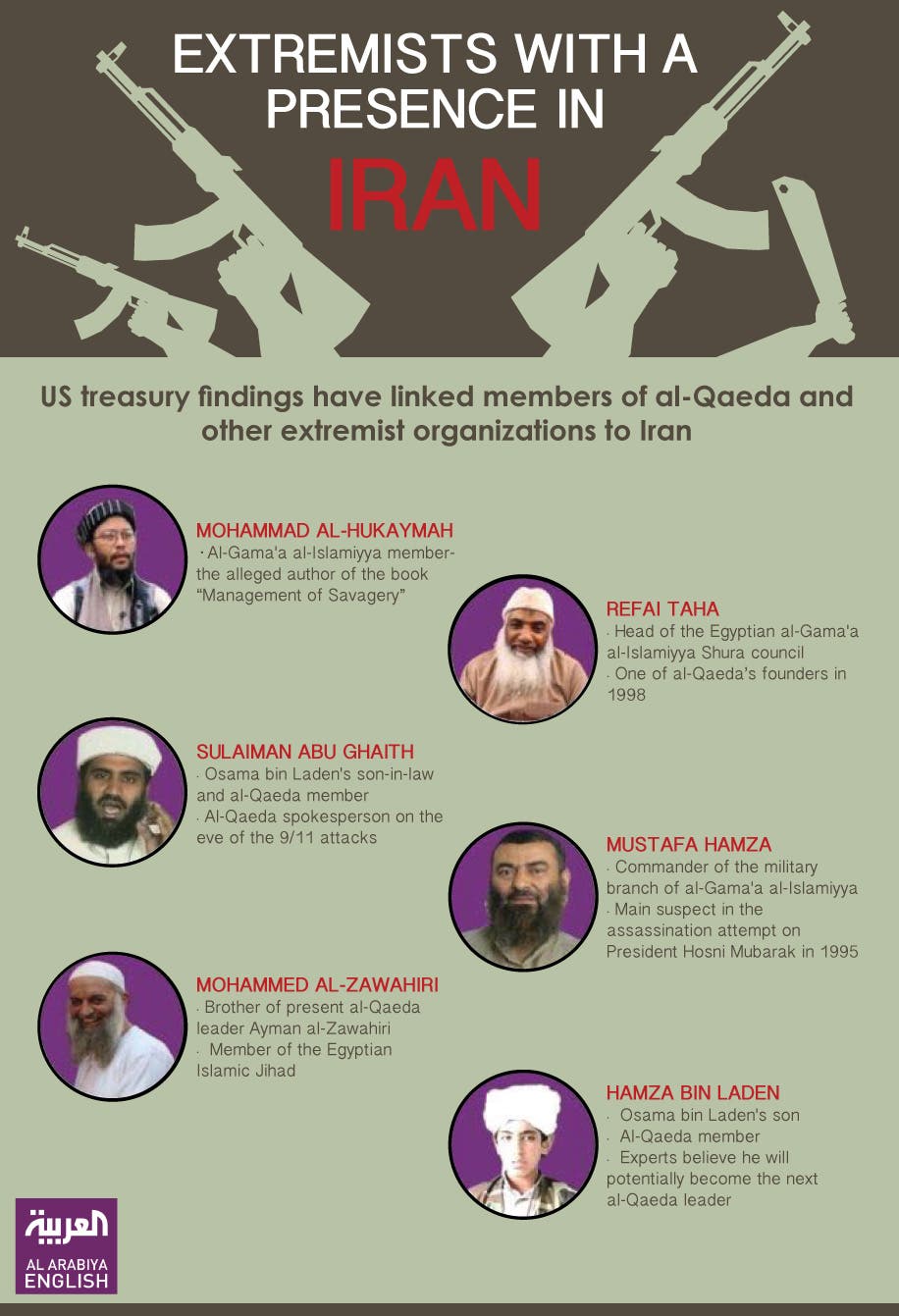
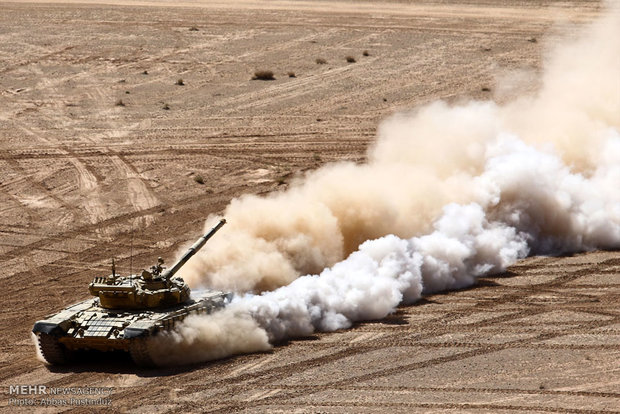

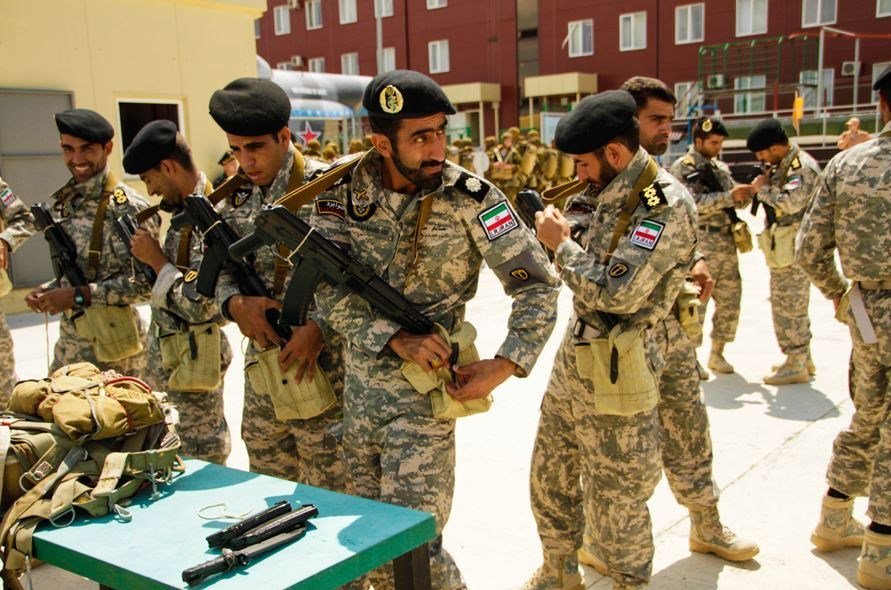
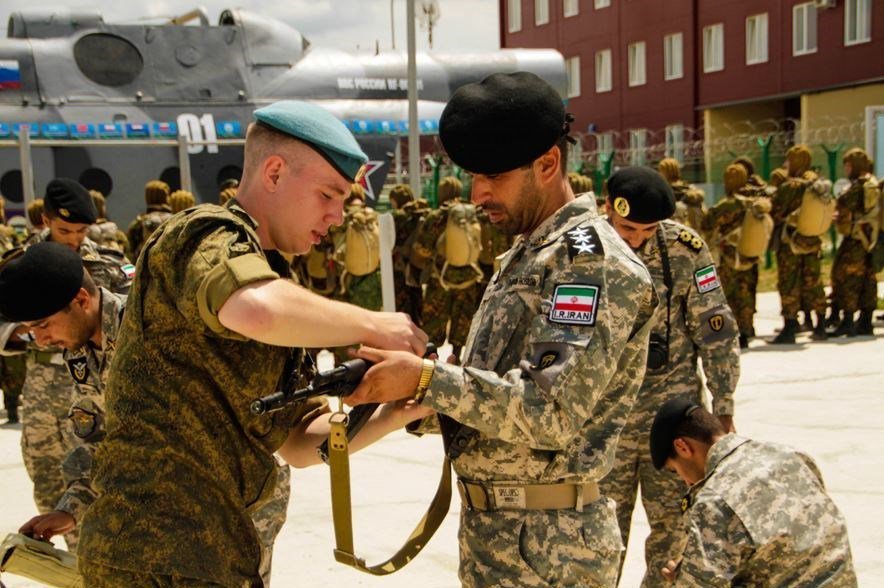

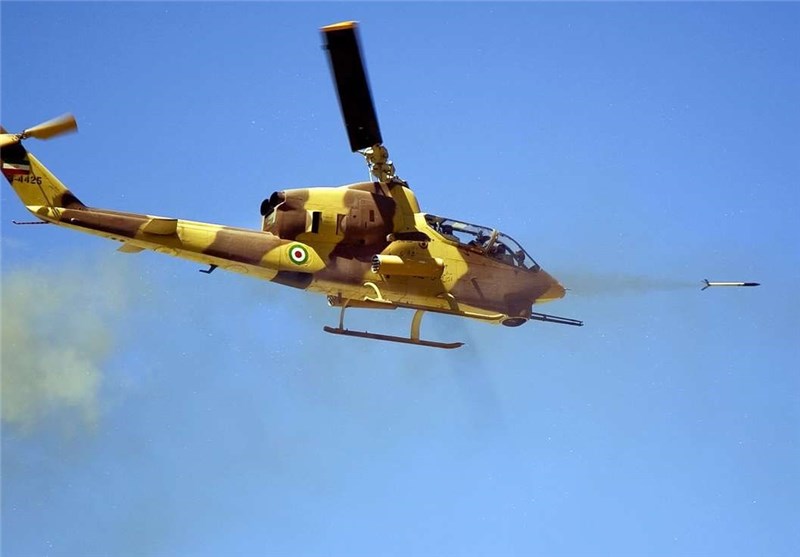


 According to
According to 
